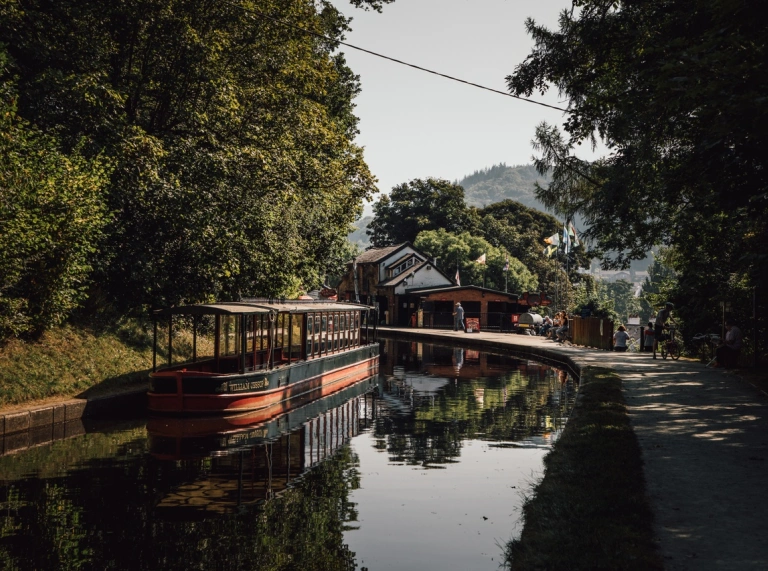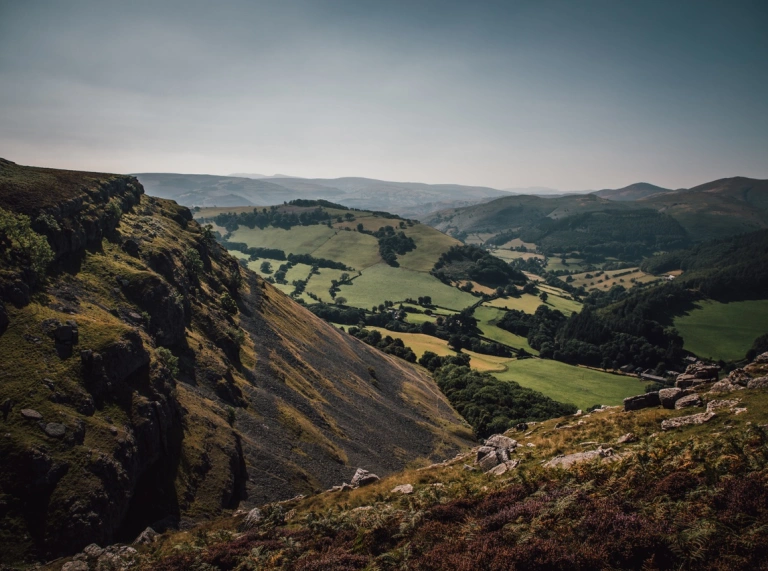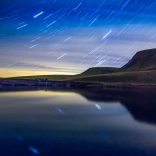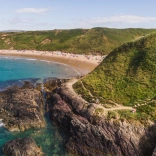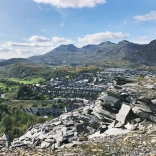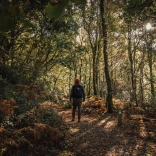We’re very proud of our magnificent countryside in Wales, especially because almost one quarter of all Welsh land holds some form of protected status, either as a national park or designated Area of Outstanding Natural Beauty (AONB).
These amazing spaces are seen as important assets to the country, due to their ecological value (serving as an important habitat for wildlife, for example) or geographical significance (a scientific-sounding way of saying they’re particularly beautiful), and therefore require safeguarding for future generations to enjoy.
Wales is currently home to three national parks, and five, smaller-scale, Areas of Outstanding Natural Beauty. Here’s a brief introduction to each of them.
National parks in Wales
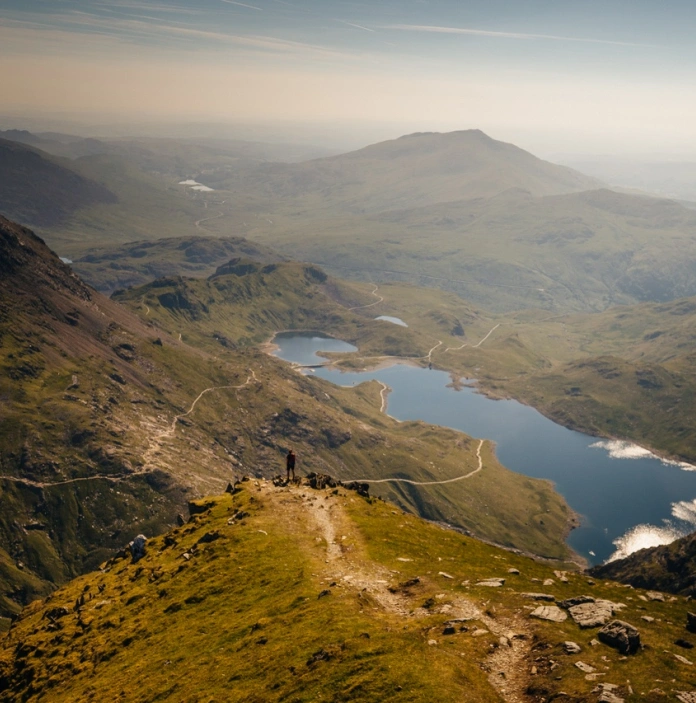
Eryri (Snowdonia) National Park
Eryri (Snowdonia) National Park is the oldest national park in Wales, crowned by the country’s highest peak, Yr Wyddfa (Mount Snowdon), which draws thousands of hikers to its summit each year. The whole region is well known for its rambling opportunities, with trails curling around lakes, threading through forests, and scrambling over former slate quarries that have been dramatically hollowed into the hillside. Some of these quarries have been packaged together to form Wales’s newest UNESCO World Heritage Site: the Slate Landscape of North West Wales.
Aside from its stirring scenery, the park (which encompasses most of the county of Gwynedd and parts of Conwy in the northwest of the country) has become known for its adrenaline-fuelled attractions, including the world’s fastest zip-line: Zip World in Penrhyn Quarry. Equally beloved is the Ffestiniog Railway, the world’s oldest narrow-gauge railway, which trundles along at a more serene pace.
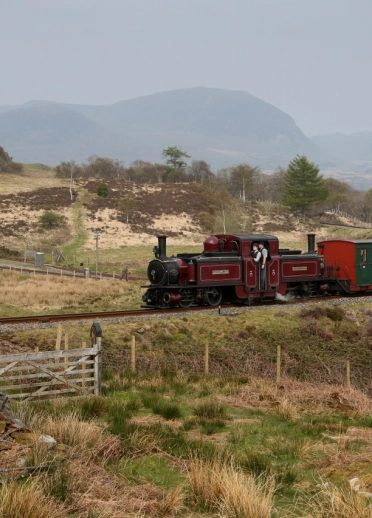
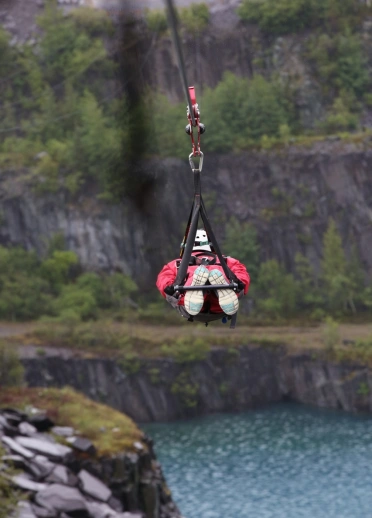
Pembrokeshire Coast National Park
Encasing the western foot of Wales like a protective green slipper, the Pembrokeshire Coast National Park runs along almost the entire coastline of the county of Pembrokeshire, and remains the only coastal national park in the UK. Within its boundaries are puffin-filled nature reserves, neolithic stone monuments and some of the most beautiful beaches in Wales, be they café-backed and bustling, like those in the pretty harbour town of Tenby (Dinbych-y-Pysgod), or rocky, wild and windswept, like remote Marloes Sands.
Like Eryri (Snowdonia), this part of Wales has long been a draw for walkers, largely thanks to the Pembrokeshire Coast Path (now part of the Wales Coast Path) which has been welcoming wonderstruck ramblers since 1970. But a more unique way to uncover the park’s craggy, sea-lashed landscape is as part of a coasteering tour, a high-tempo activity incorporating rock climbing, swimming and cliff-jumping, which – it’s claimed – was invented here.
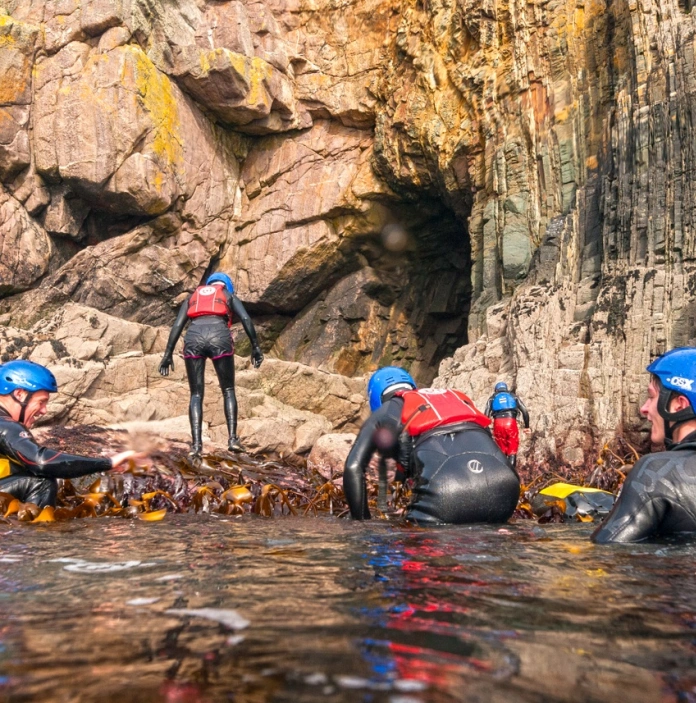
Brecon Beacons National Park
Bannau Brycheiniog (Brecon Beacons) might be Wales’ youngest national park, but the sight of hillforts, farmsteads and burial mounds strewn across this 42-mile-wide slab of Mid Wales are evidence that this hilly region has been drawing visitors since Roman times – or even longer if you believe the legends of a certain King Arthur marauding around these parts hunting a pack of enchanted wild boar.
While chances of crossing paths with a magical pig might be slim, the park’s wildlife remains a big draw for tourists today, be it the vivid purple saxifrage flower, which add striking splashes of colour to the park’s hillsides, or a majestic Red Kite soaring overhead – an animal that has grown to become one of the symbols of Wales. It’s not only day-time visitors who get all the fun here, however, with the park’s crystal-clear views of the cosmos having led to it becoming the first International Dark Sky Reserve in Wales (and only the fifth in the world!).
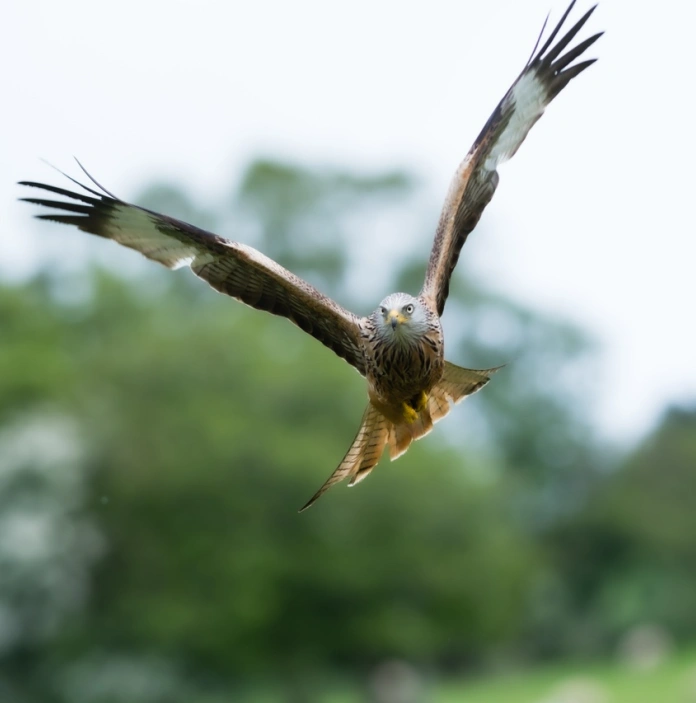
Areas of Outstanding Natural Beauty in Wales
Gower Peninsula
The Gower Peninsula, located a little way west of Swansea (Abertawe), was the UK’s first designated Area of Outstanding Natural Beauty, and the accolades have been mounting up since. The region’s beaches are particularly well decorated, with Rhossili named as one of the best stretches of sand in the world by TripAdvisor in recent years. But every local has their favourite, be it Langland or Llangennith.
Inland, there are sections of Wales’s longest footpath, the Wales Coast Path, to ramble and charming local pubs in which to recline, all set within the rolling green landscape of West Wales.
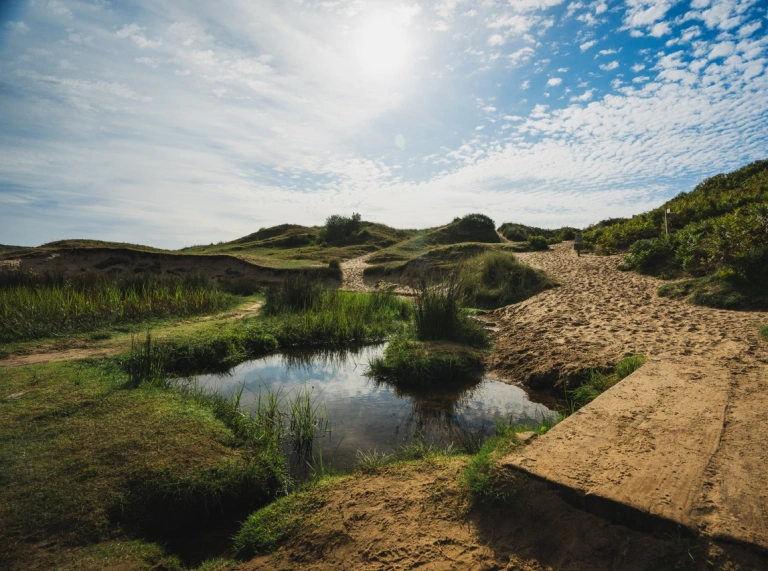
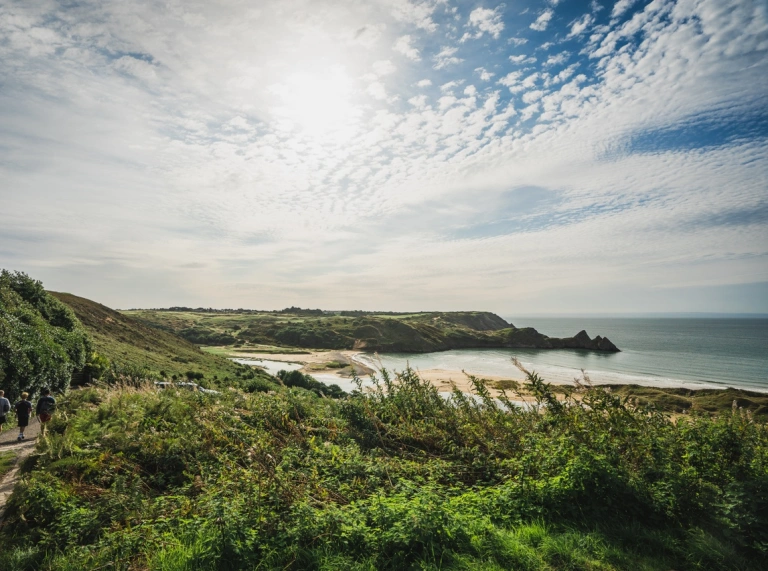
Llŷn Peninsula
It might sound a little cliché, but stepping into the boundaries of the beautiful Llŷn Peninsula, stretching westwards from Eryri (Snowdonia) into the Irish Sea, is like walking into a Wales of yesteryear – particularly if you do so following the sixth-century pilgrimage route that winds its way along its length to Bardsey Island (Ynys Enlli), a rocky outlet at the peninsula’s tip.
Around a quarter of this sparsely populated region of Wales falls within the Llŷn AONB, which ensures the protection of the area’s wildlife, from dolphins and porpoises to cormorants and choughs, as well as its rural charm.
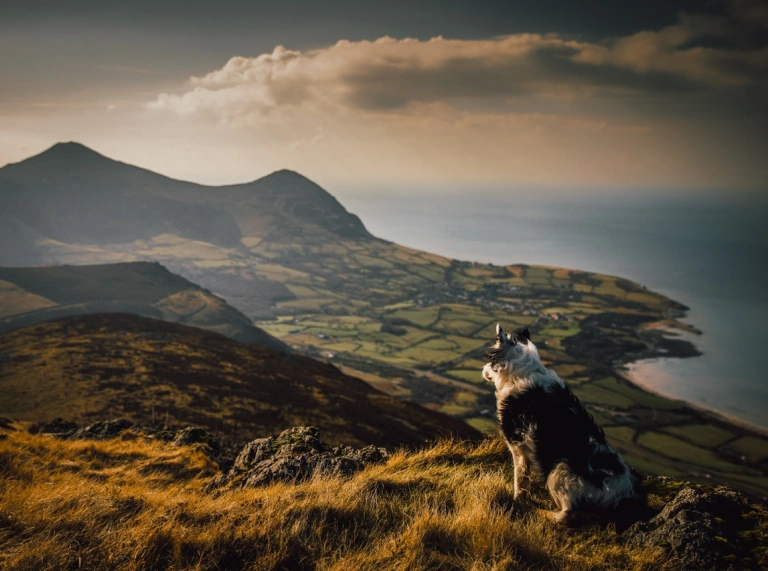
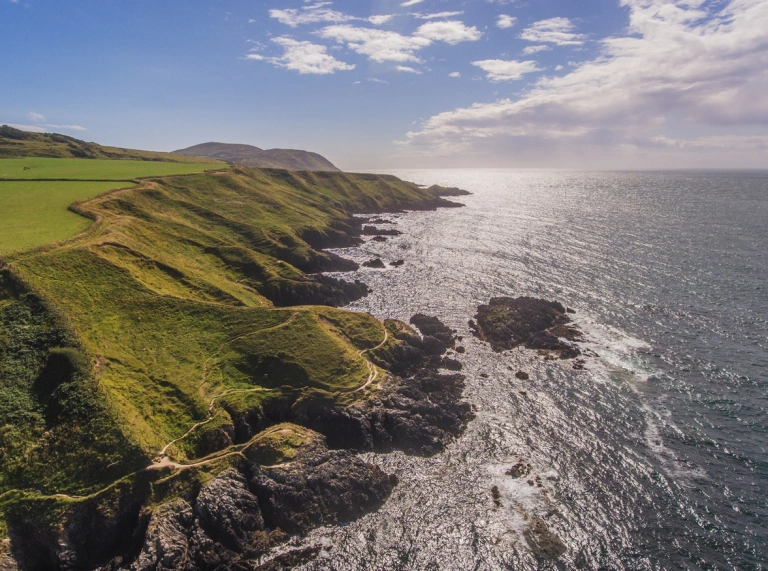
Ynys Môn (Anglesey)
The isle of Anglesey (Ynys Môn) off the coast of North Wales, is renowned for its natural splendour. Almost all of its coastline forms part of the Anglesey AONB, which incorporates great forests where red squirrels scamper to long curls of sand where seals loll.
Rather uniquely, however, is the number of impressive man-made structures included in the AONB, from South Stack Lighthouse, which has stood guard over the northwestern tip of Wales since 1809 to Beaumaris Castle, the last stronghold to be built by Edward I during his long-lasting invasion of Wales in the 13th century.
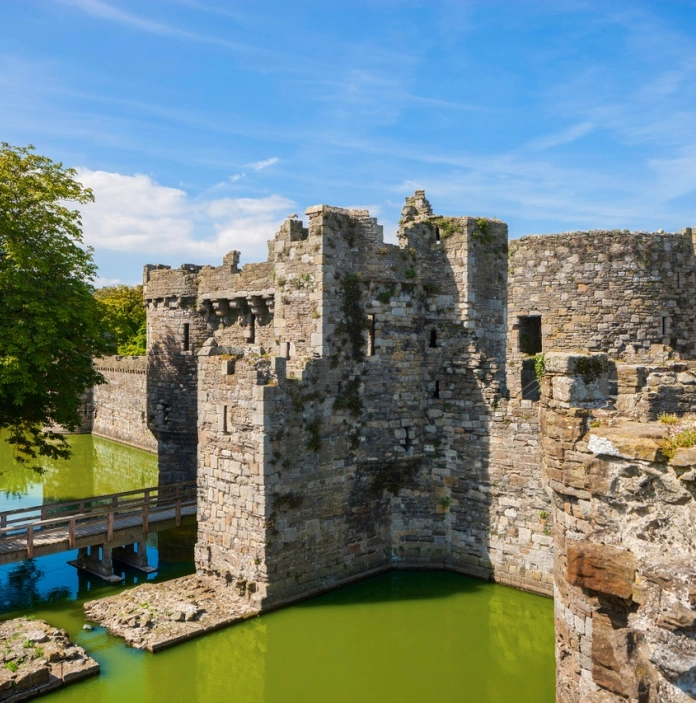
The Wye Valley
Straddling the counties of Monmouthshire in Wales and Herefordshire and Gloucestershire in England, the Wye Valley AONB is uniquely shared between the two nations. The protected region runs from just south of Hereford to Chepstow following the lower valley of the Wye, the fourth-longest river in the UK.
As a popular tourism destination in the 18th century – thanks, in part, to the romantic ruins of Tintern Abbey (which still stand today) – the Wye inspired some of the great artistic minds of Britain, including Coleridge, Turner and Wordsworth. Today the area draws a steady stream of kayakers, walkers and wild swimmers to its beautiful banks, which remain largely shrouded in native woodland.
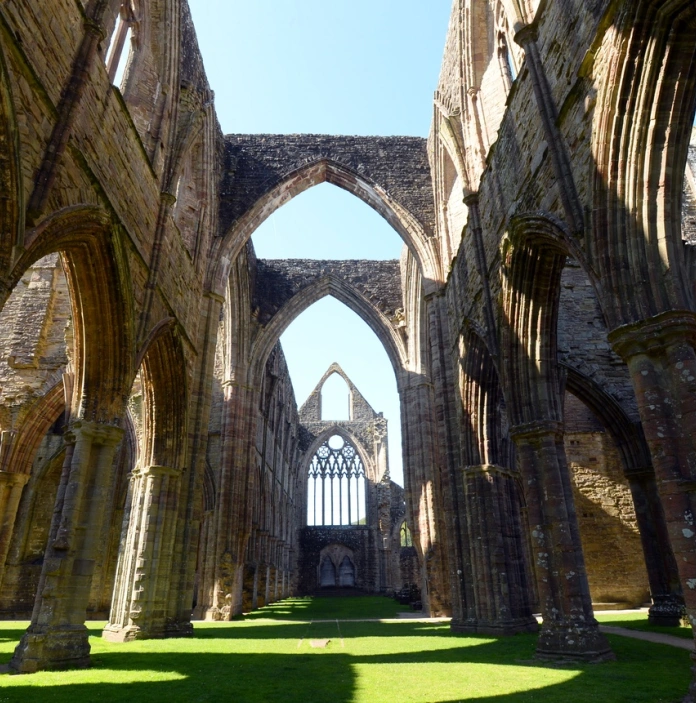
Clwydian Range and Dee Valley
Wales’s largest, newest and arguably wildest Area of Outstanding Natural Beauty sits in its northeast corner, a beautiful 150sq mile (390sq km) expanse of hill-filled countryside that also includes the postcard-pretty town of Llangollen, home to the annual International Musical Eisteddfod.
Crisscrossed with cycling and hiking trails, including the mighty Offa’s Dyke Path National Trail, the area is also rich in historical monuments, with notable attractions including the medieval hilltop stronghold of Castell Dinas Bran, the mysterious 9th-century Eliseg’s Pillar and the photogenic remains of Valle Crucis Abbey, founded in the 13th century.
